Hello all, briefly highlighting my words posted in the comments thread under my Guardian interview last week with the Muslim mayor of Tower Hamlets council, Lutfur Rahman.
I’m re-posting my comment here for clarity given there were around 140 responses last time I looked.
“Thanks if you’ve read and commented on this piece. As many of you know, it’s written for the SocietyGuardian interview slot, which has a particular format and tone and if it was an investigation or piece of long-form journalism, it would have been tagged as such.
The aim, mentioned early on, is to push aside the mutual mudslinging, hype and hate, and look specifically at whether or not aspects of the latest budget stack up long term – essentially, can the council balance its books? The piece doesn’t set out to repeat or re–explore the well–documented allegations and criticisms which are available to read in other places:
‘Is it time that Tower Hamlets, a political morass and England’s third most deprived authority where half the 250,000 residents are from black and minority ethnic (BME) backgrounds, mostly Bangladeshi, be looked at afresh?’
While it’s not possible to include or analyse every element of spending or cuts in 1200 words, the piece ultimately disputes Rahman’s claim of fireproofing the frontline and his divisive nature, outlined at the start, is reflected by many of the responses here.”
Here’s a comment from my editor in the same thread:
“As the editor of the Society section I commissioned Saba to interview Lutfur Rahman, about the plans he had in place to try to protect public services in Tower Hamlets from huge spending cuts. He seemed to be taking a very different approach to councils such as Newcastle, whose leader we profiled a couple of weeks earlier. The interview was intended to explore Rahman’s approach by giving him a chance to put his case and to assess whether or not his plans were viable.
I appreciated that he is a divisive figure for various reasons outlined in the interview – such as alleged links to Islamic fundamentalist groups which he has has repeatedly and categorically denied – but the purpose of the interview was not to focus on this aspect of his leadership which has been the subject of TV documentaries and countless column inches, but to focus on his policy initiatives. I feel that it achieved this, as some of you have acknowledged in your comments.”
If you’re interested in reading more, try this, on the Telegraph website, which leads on from the comments thread and outlines issues not included in the Guardian piece. These issues weren’t included for the reasons stated in the piece itself and in the two responses above.
More background, history, facts, detail as well as conjecture from all parties involved – journalists, commentators, residents, Rahman’s supporters, his opponents and politicians of all hues – is easily found via a quick Google search.
Finally, there are a couple of links here and here (specifically the section marked footnote on the second link) by other writers who have felt compelled to clarify their reporting of and interviews with Rahman.
Happy reading!
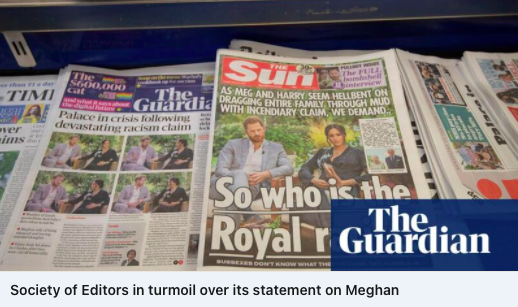

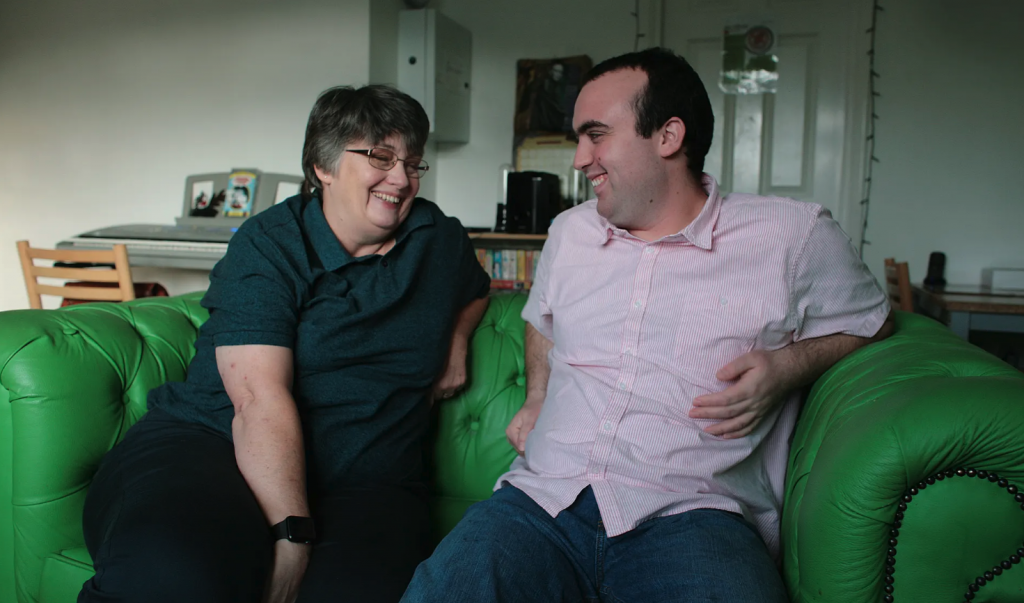
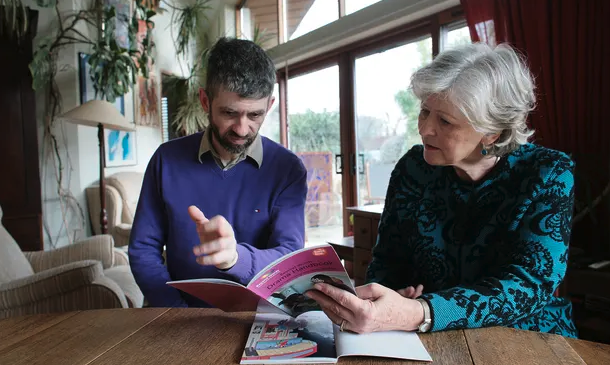

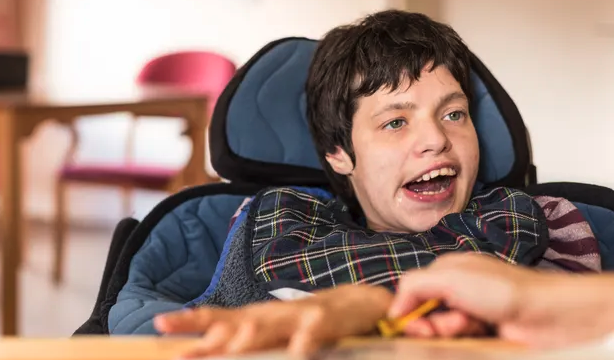
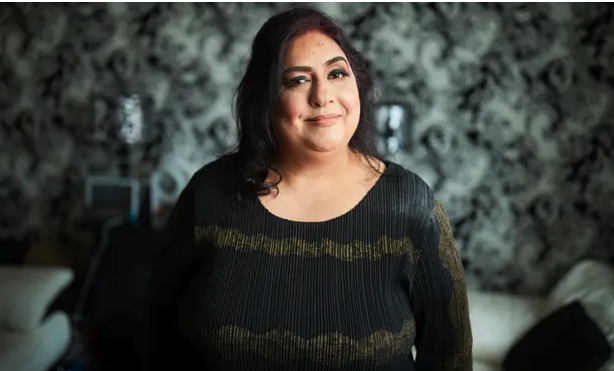
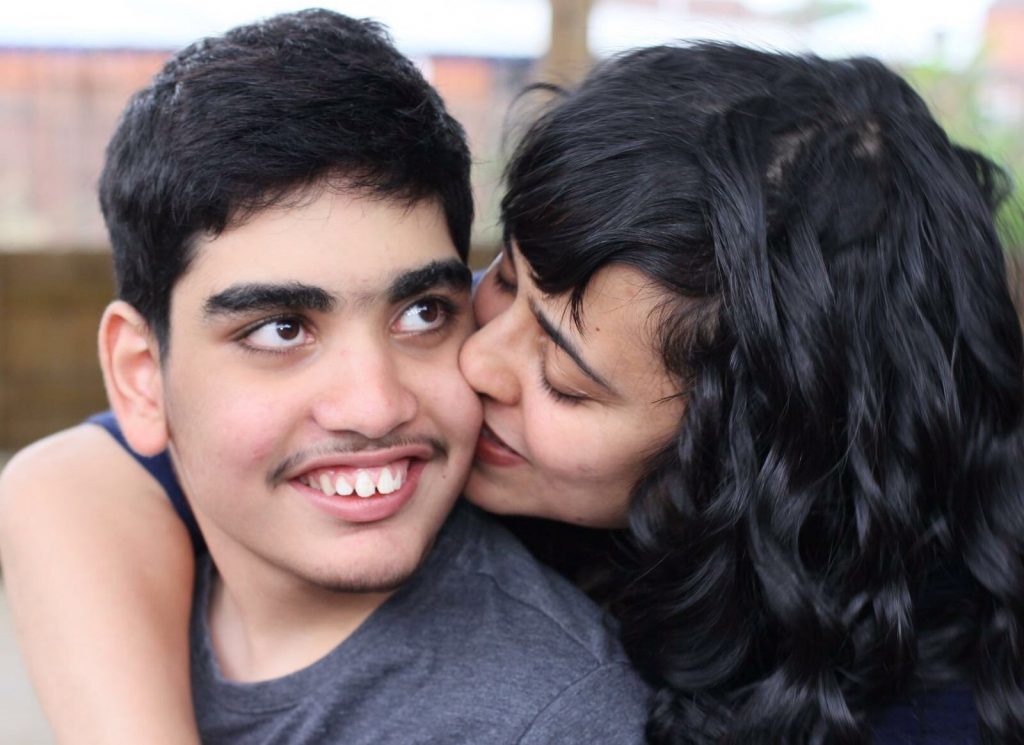
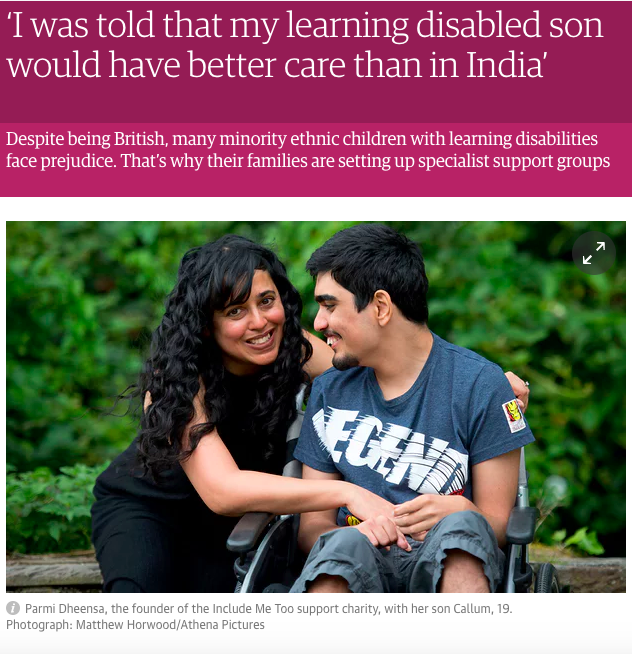
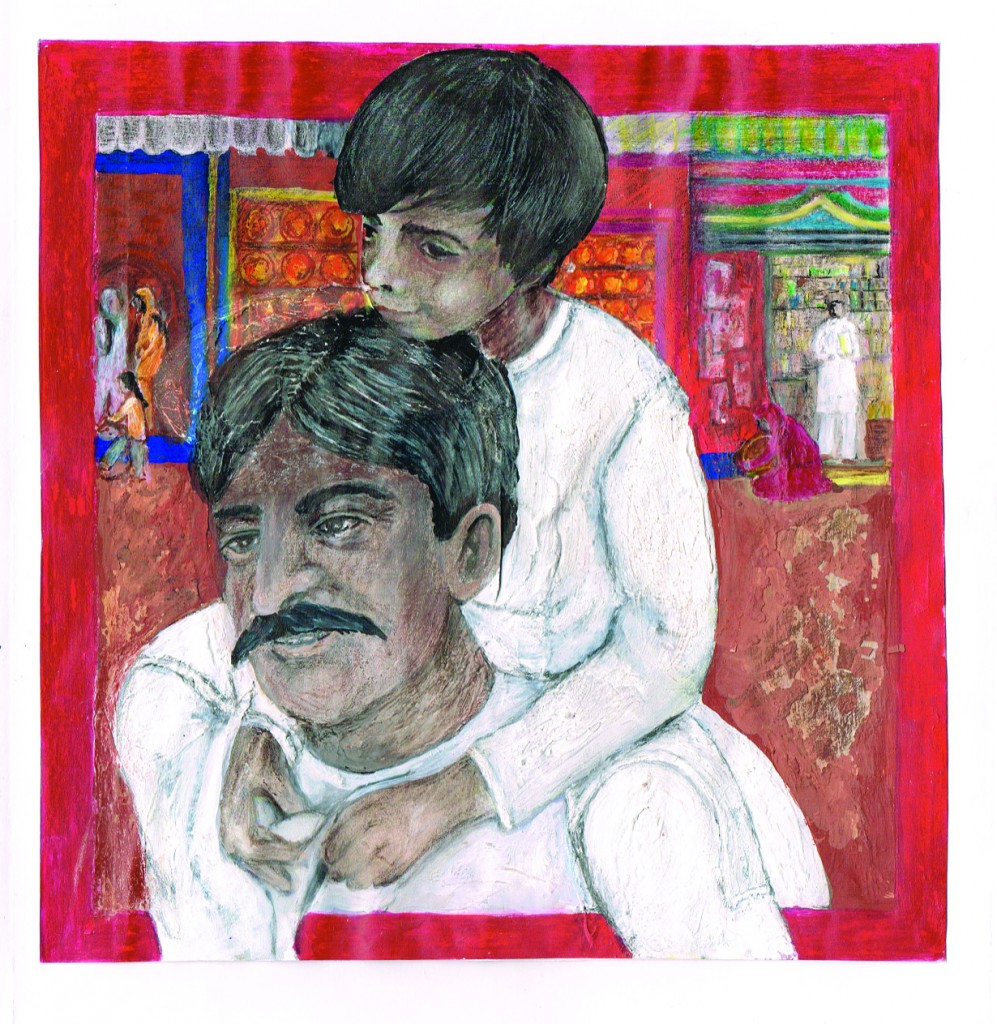

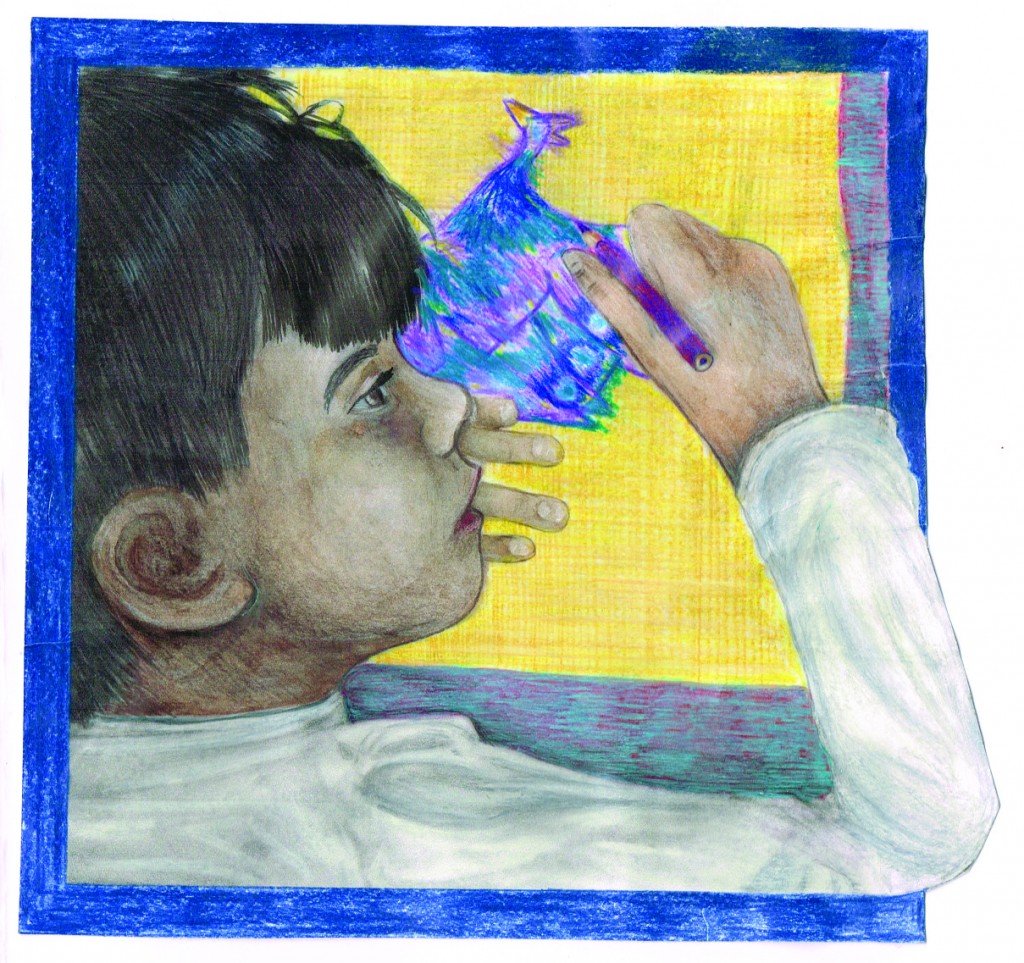
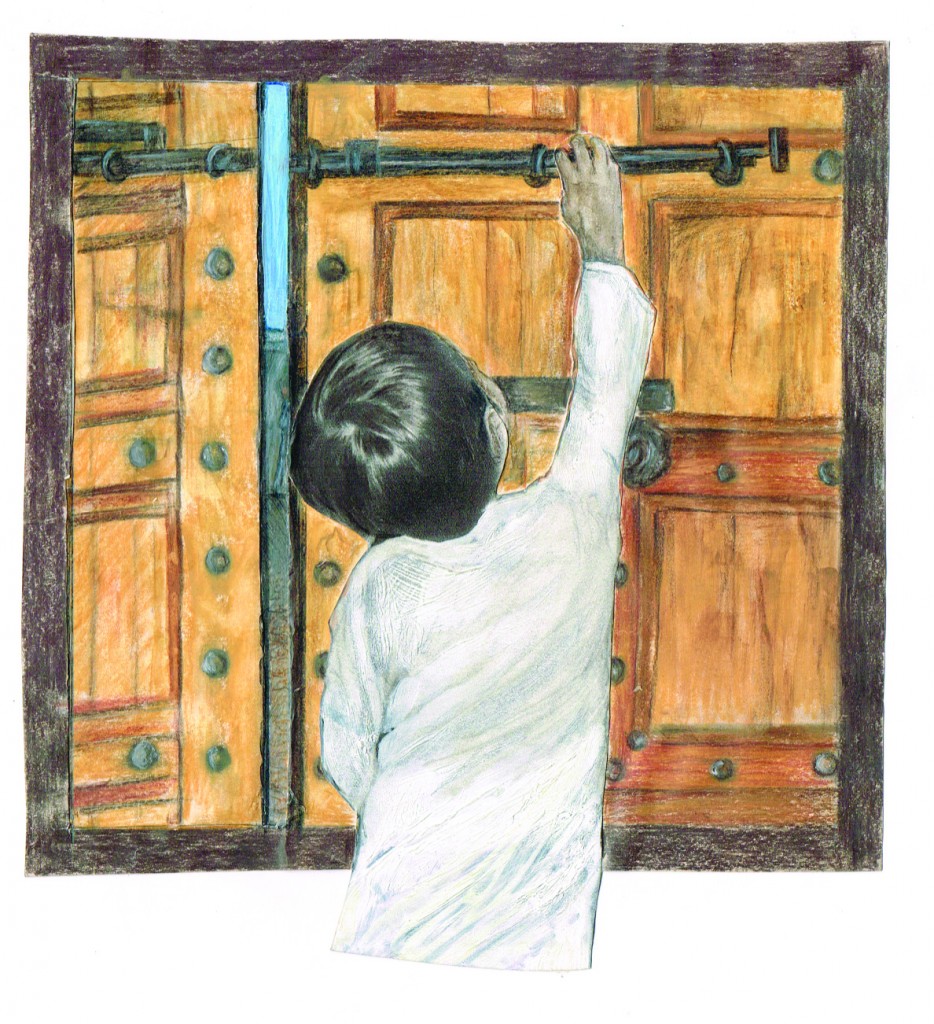
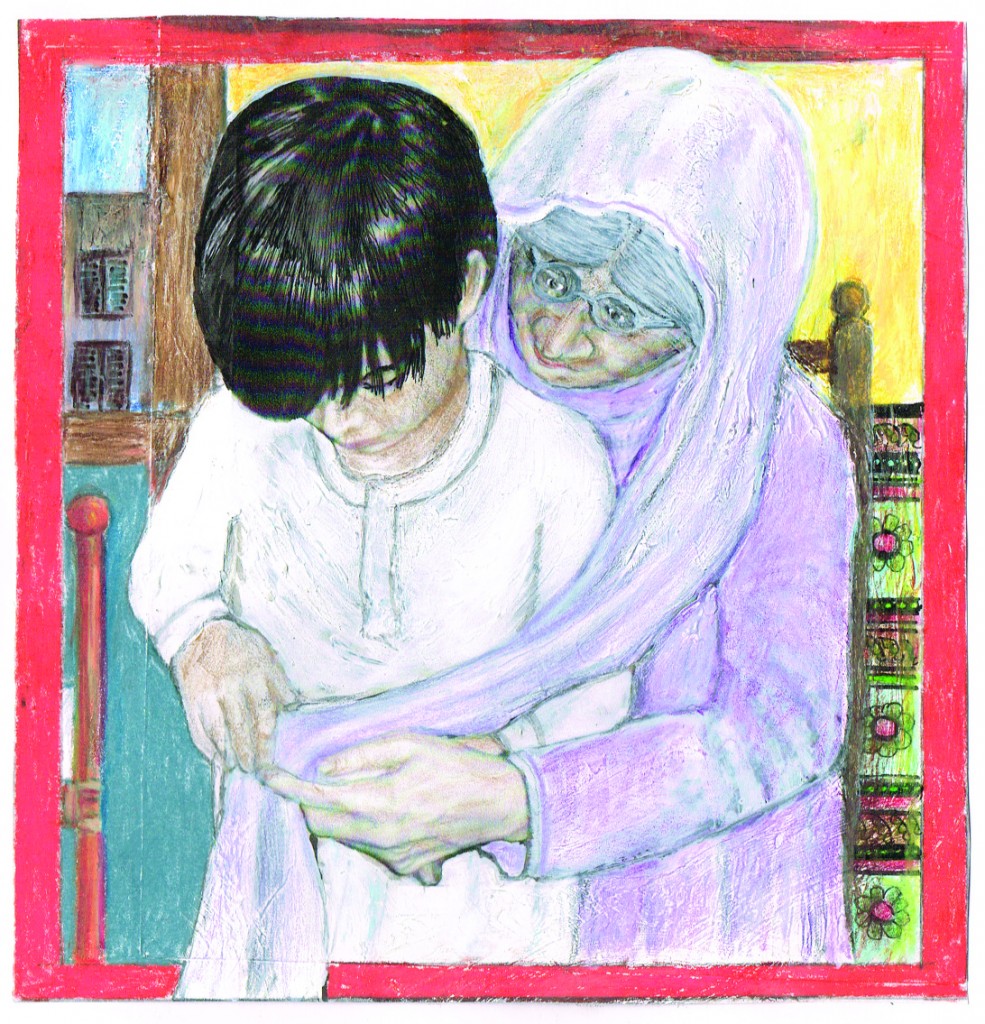
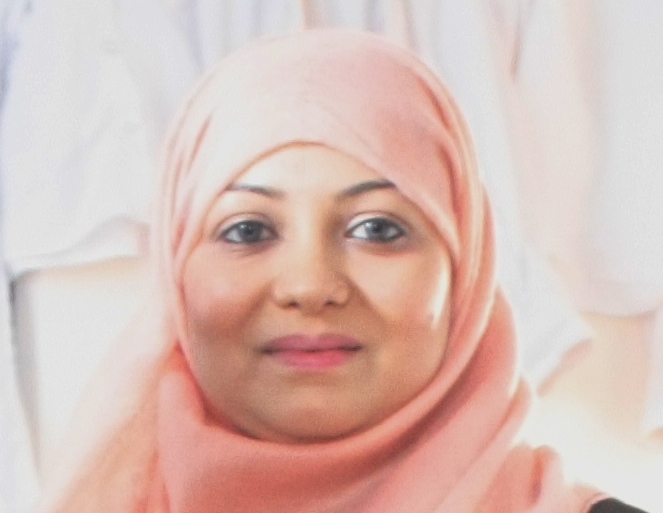
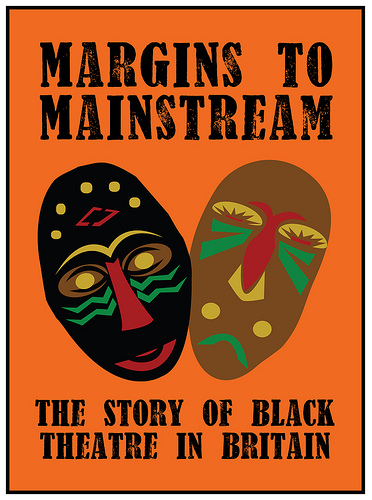 The term black theatre might conjure up images of a niche and very 20th century concept, but from
The term black theatre might conjure up images of a niche and very 20th century concept, but from